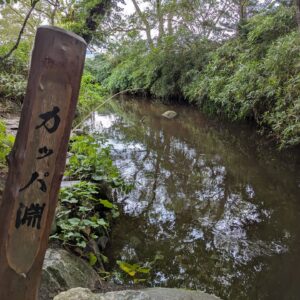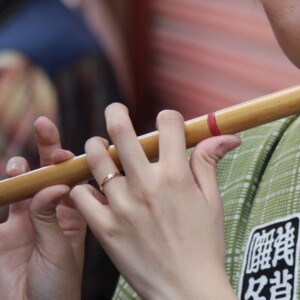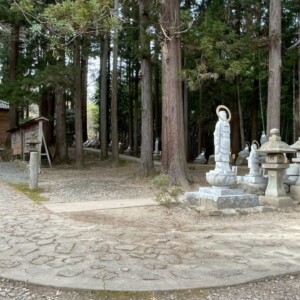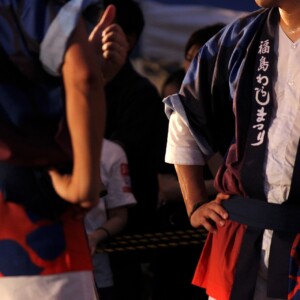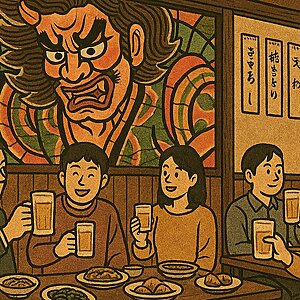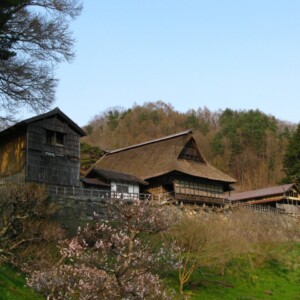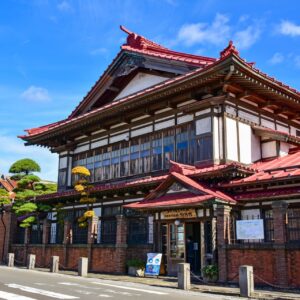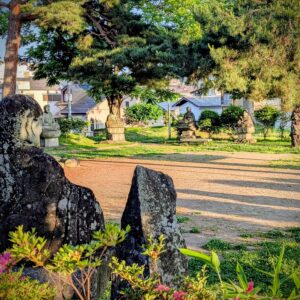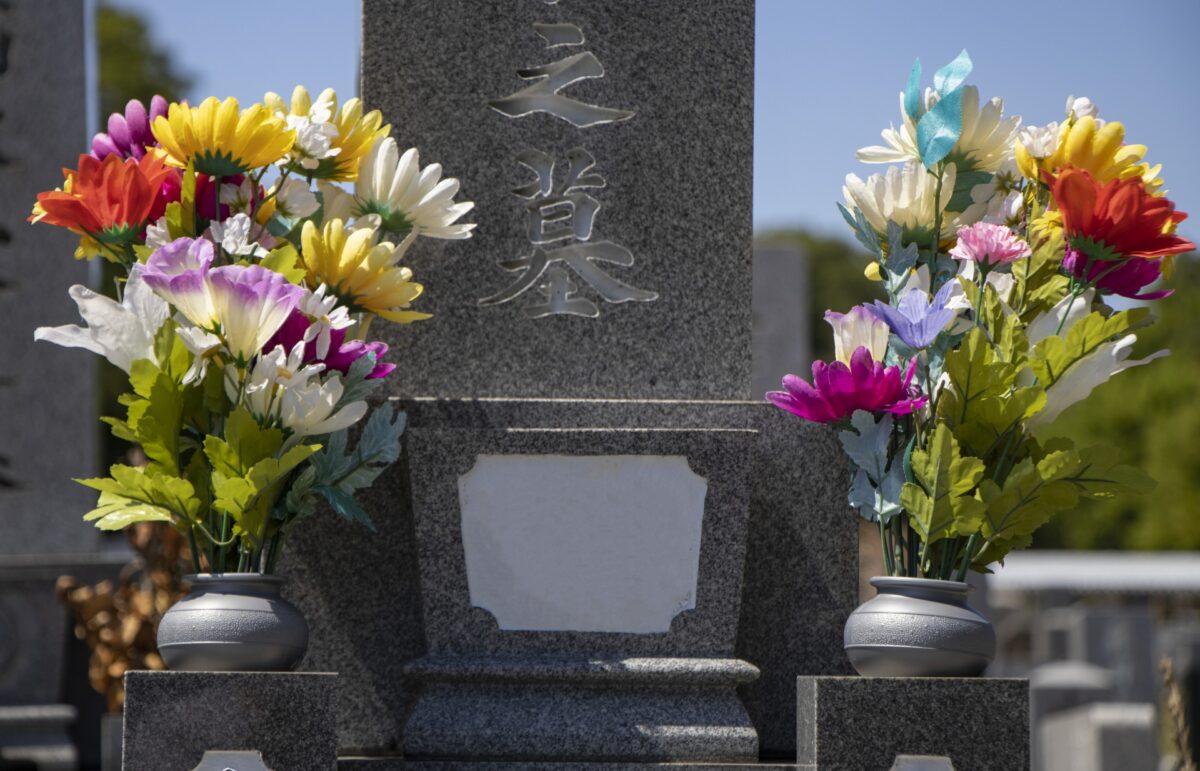
Obon in southern Aomori is a little different! Summer scenery decorated with backrests and 48 lanterns
table of contents
Aomori Prefecture is divided into three regions: Tsugaru, Shimokita, and Nanbu. Of these, the Nanbu region has long been bustling with people and goods traveling between the port and mountain villages, and the cultures of Iwate and Shimokita have naturally intermingled. The way Obon is celebrated in this region has evolved in its own way, and unique customs remain for welcoming ancestors through offerings, lanterns, and dance
This time, I would like to introduce some of the Obon customs of the southern part of Aomori Prefecture
Introducing the unique Obon customs of the southern region
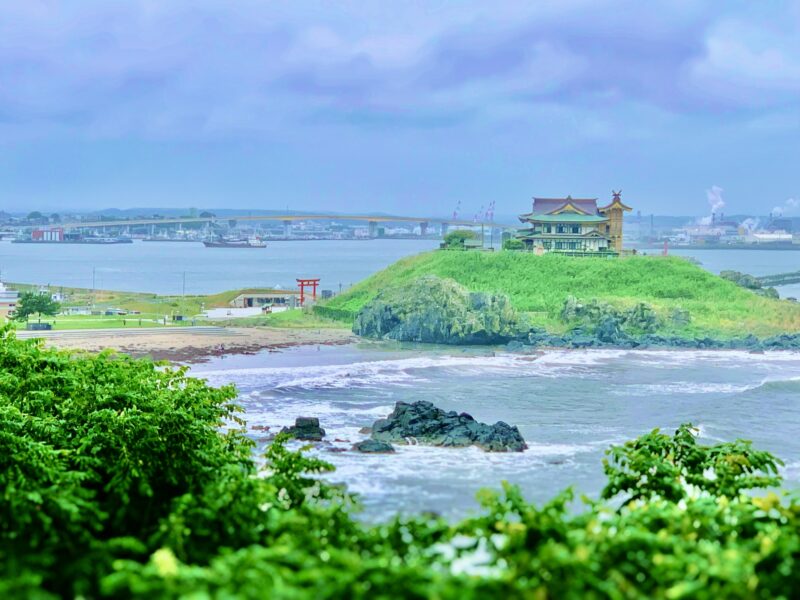
Obon in the southern part of Aomori Prefecture is a bit unique. It is a region where the bustle of a port town, the serenity of a mountain village, and the cultures of Iwate and Shimokita blend together. Even though it is in the same Aomori Prefecture, customs that are different from those in Tsugaru still live on
Here are some of the Obon customs in the southern region
- Back support
- Forty-eight lanterns
- Chicken Dance
All of these customs are a form of respect for ancestors and can be considered a source of pride for the region. From here, we will introduce in detail the meaning and origin of each custom, as well as how they continue to be practiced today
"Back support" - a gentle expression of respect for our ancestors
What is a “back rest”?
One of the essential offerings for Obon in the southern region is the " sekaate ," a flat food made from glutinous rice flour or wheat flour . It is covered in kinako and offered on the Buddhist altar or Bon shelf, with the hope that when ancestors return to the afterlife, their backs will not hurt even if they carry many souvenirs. It is attached with strings and decorations, and even the strings used to tie it are sometimes made from mochi. Nowadays, it can be purchased, but in some areas the custom of making it at home is still maintained.
The background behind the creation of back pads
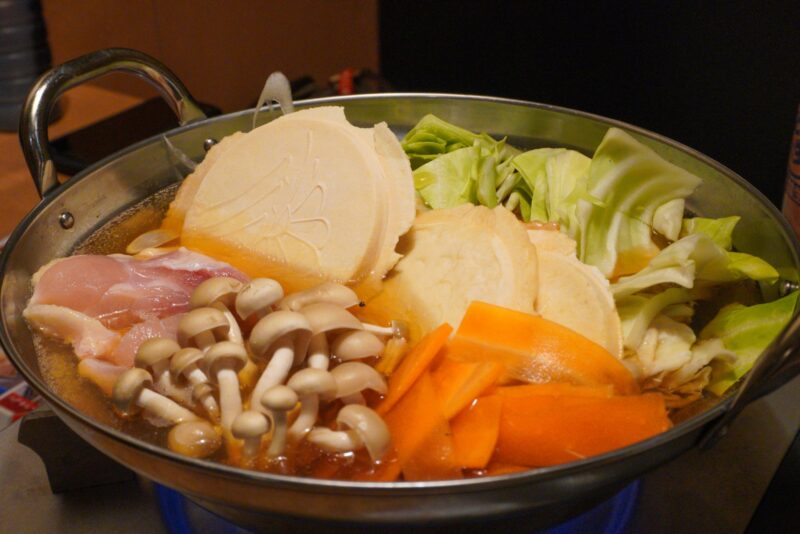
Yamase that blow in from the sea , so a food culture using wheat and other grains developed. Dishes using wheat flour, such as Nanbu rice crackers, suiton, and hittsumi, are commonplace.
Back support is also thought to have originated from this wheat culture. Offerings made from wheat instead of rice are imbued with feelings of remembrance for ancestors and the wisdom of life unique to this region
A fantastic night lit by 48 lanterns
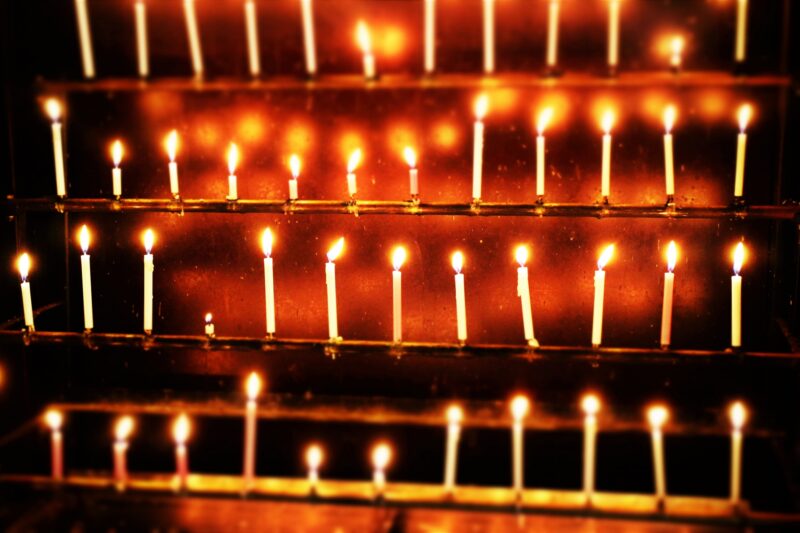
One of the Obon events in the southern region is the " 48 Lanterns ," a unique welcoming fire in which 48 candles are lit for three years from the first Obon. This custom also remains in northern Iwate Prefecture, where relatives and neighbors light candles to help the newlywed Buddha find his way home without getting lost. The way the candles are lit varies depending on the sect, region, and household.
However, it may be difficult to keep an eye on the fire until all 48 candles are out
The meaning of the number 48
The number 48 comes from the "48 Vows" made by Amida Buddha when he was still known as Dharmakara Bodhisattva. They are still passed down today as gentle, warm lights of prayer, filled with the hope that the new Buddha will return home safely without getting lost
A brave prayer echoed by the chicken dance
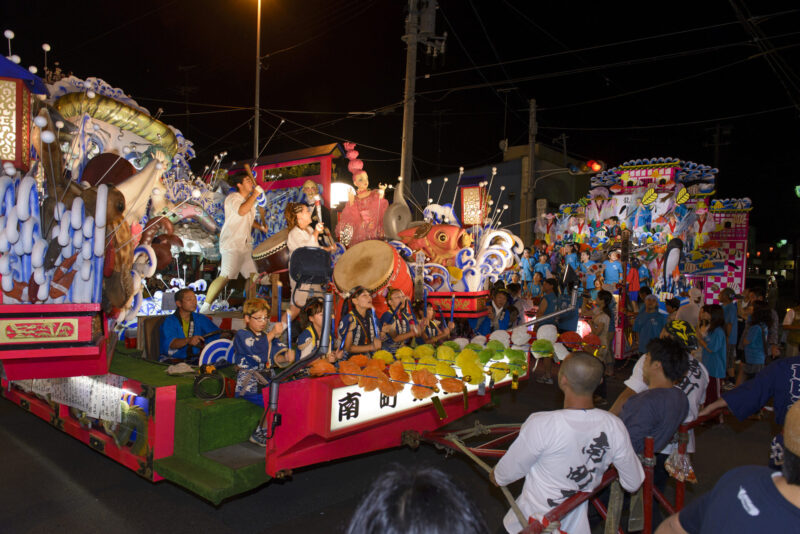
What is Torimai?
Torimai is a type of Buddhist chanting dance that is passed down in the southern region and northern Iwate. Performers wear " torikabuto " (bird helmets), similar to eboshi hats, and jump and stomp in a way that resembles the movements of a chicken, to the sound of drums and bells. In the past, it was performed at cemeteries and temples at the beginning of Obon, and was popularly known as " tomb chanting " to comfort the spirits of ancestors. Costumes and movements vary from region to region, and it is a traditional performing art that preserves the unique dance of each region.
The connection between the Torimai dance and Obon
In the southern region and northern Iwate, troupes of Torimai dancers come to village squares and cemeteries during the Obon festival. As the sounds of drums and bells approach, people come outside to watch, and children are enthralled by the sounds and movements
Originally a dance performed at cemeteries and temples to console ancestors, it is now also performed at local festivals and gatherings, and is a summer tradition passed down through generations. The sound of the drums that resonates during Obon seems to be a signal that connects the ancestors with the present
Information
- Name: Rokunohe Autumn Festival
- Event period: Friday, September 5th to Sunday, September 7th, 2025
- Location: Downtown area (near the town comprehensive support center)
- Website: Rokunohe Town (Rokunohe Autumn Festival)
Rokunohe Autumn Festival Poster
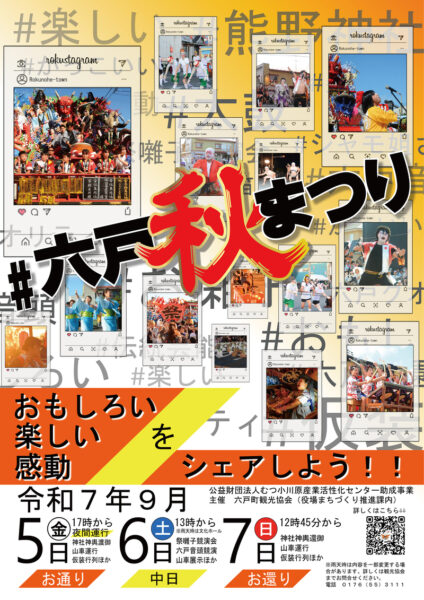
summary
The Obon customs of the southern region are not just about quiet prayers, but also reflect the kindness that is unique to the southern region, where people think of their ancestors. The gentleness of the offerings, the fantastic beauty of the lights, and the power of the dances are a summer scene that has been passed down through generations. This custom, which has developed while intertwining with the cultures of Iwate and Shimokita, is one that we would like to pass on to future generations



